Methodology
Explore the core measurement principles we use to help you understand impact, optimize spend, and build a sustainable marketing strategy — from advanced MMM to calibrated causal models.
Marketing Mix Modeling
MMM uses statistical models to quantify the relationship between marketing spend and business outcomes. By analyzing historical data across channels, MMM isolates the contribution of each channel, accounting for seasonality, trends, and saturation effects.
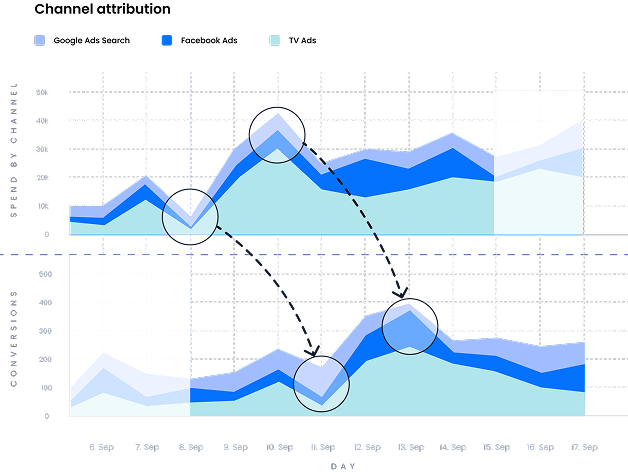
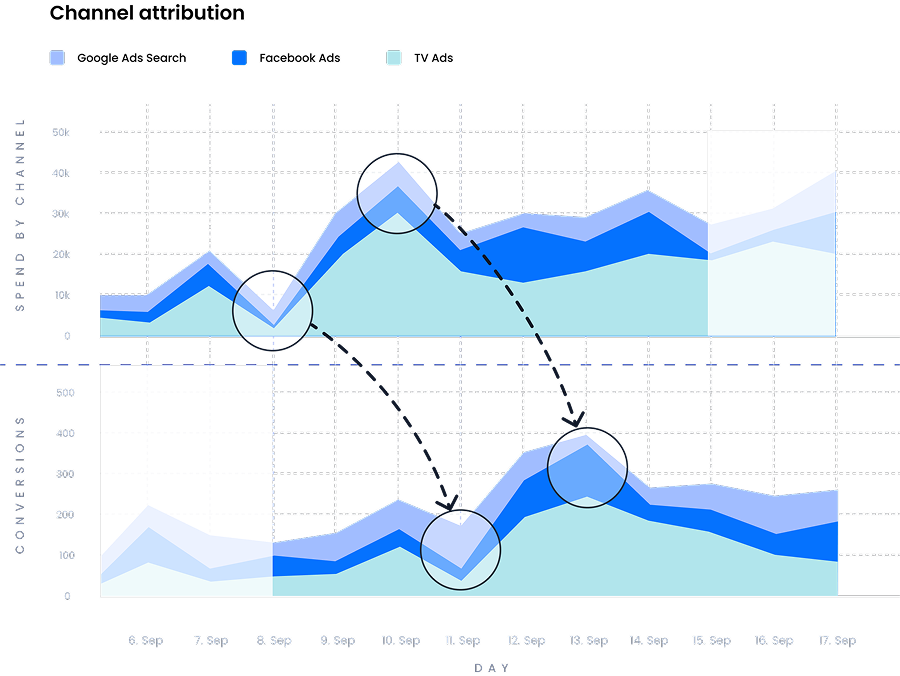
Unified Measurement
Forvio integrates three core measurement approaches — Marketing Mix Modeling, Incrementality Experiments, and Touch Attribution — into a coherent system. It supports best industry practices by connecting high-level modeling with experimental validation and campaign-level insights, creating a consistent foundation for data-driven planning and execution.
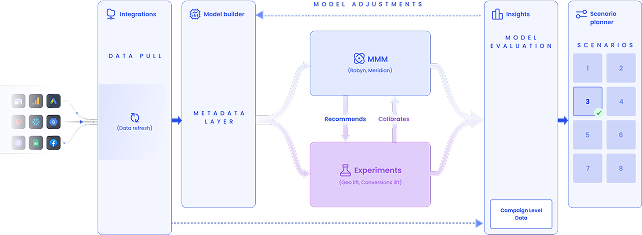
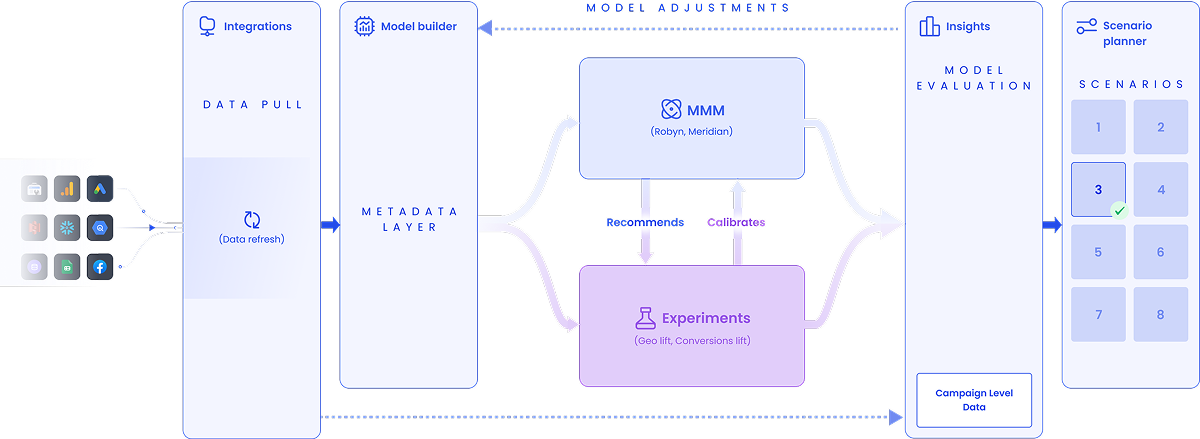
Multi Model MMM
Forvio supports multiple modeling engines — including Meta Robyn, Google Meridian, and our proprietary Causal MMM. Model selection is driven by both statistical fit and external validation, ensuring the most reliable results for your business context.
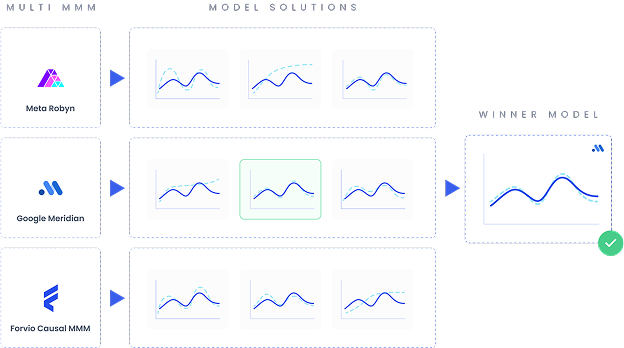
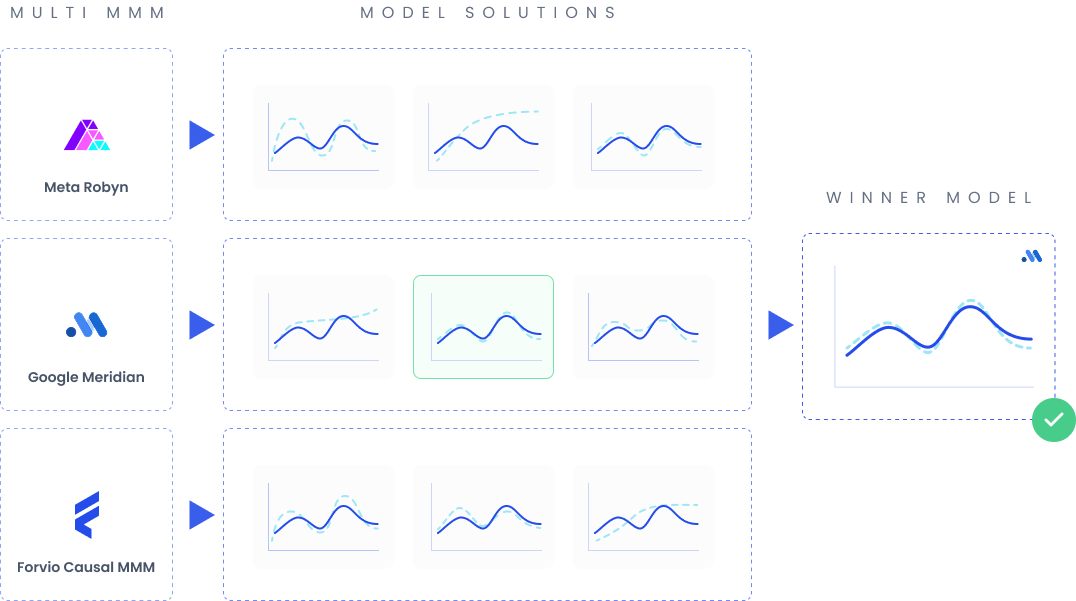
Multi-Point MMM Calibration
Multi-point calibration applies multiple incremental lift measurements or external signals at the channel level to refine model accuracy. Calibration can be performed on specific channels, platforms, or campaigns, ensuring that modeled contributions align with observed real-world impact and improving reliability for budget optimization decisions.
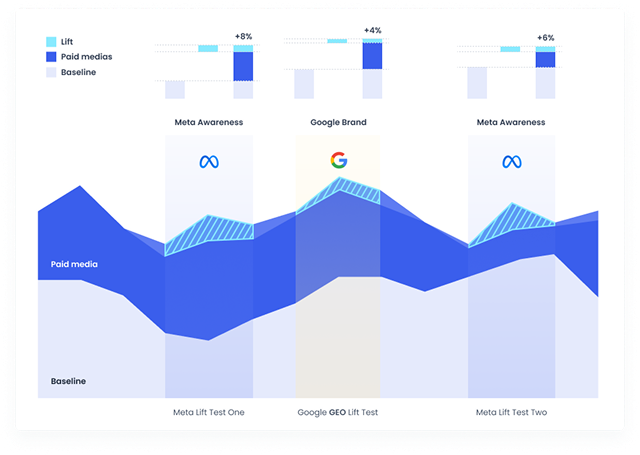
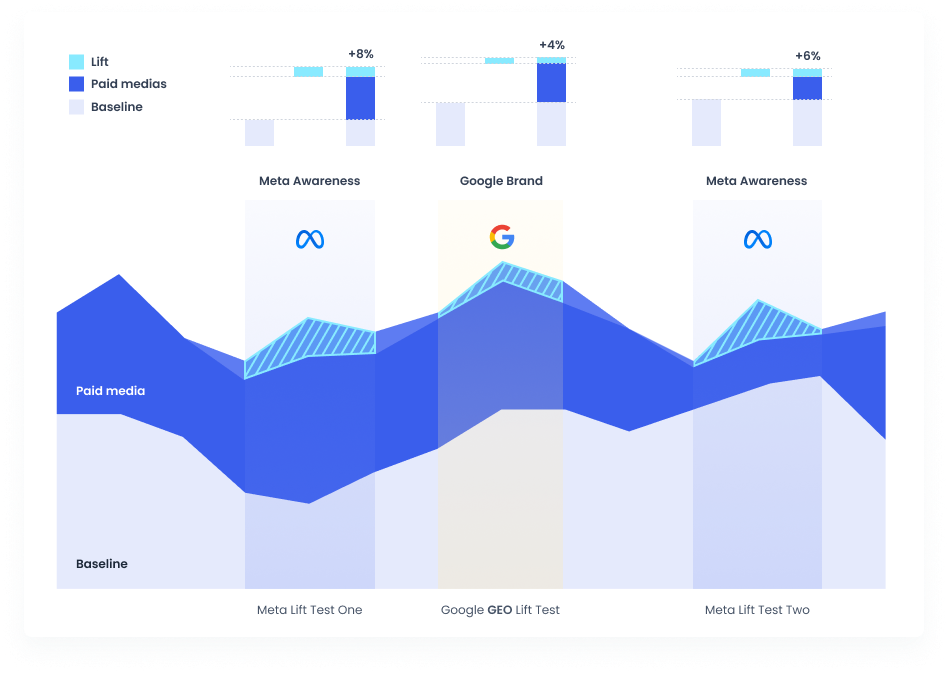
Causal Attribution
Causal Attribution adjusts platform-reported ROAS using calibration ratios derived from MMM. This corrects for platform biases and aligns campaign-level performance with modeled incremental impact.
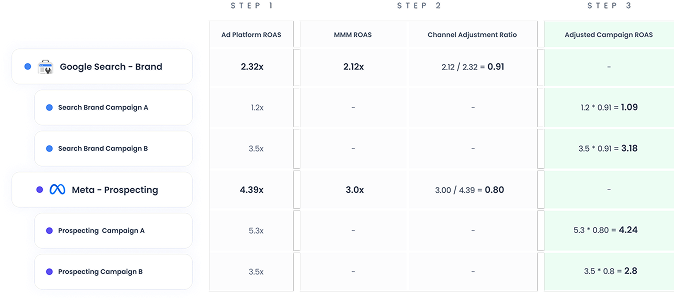
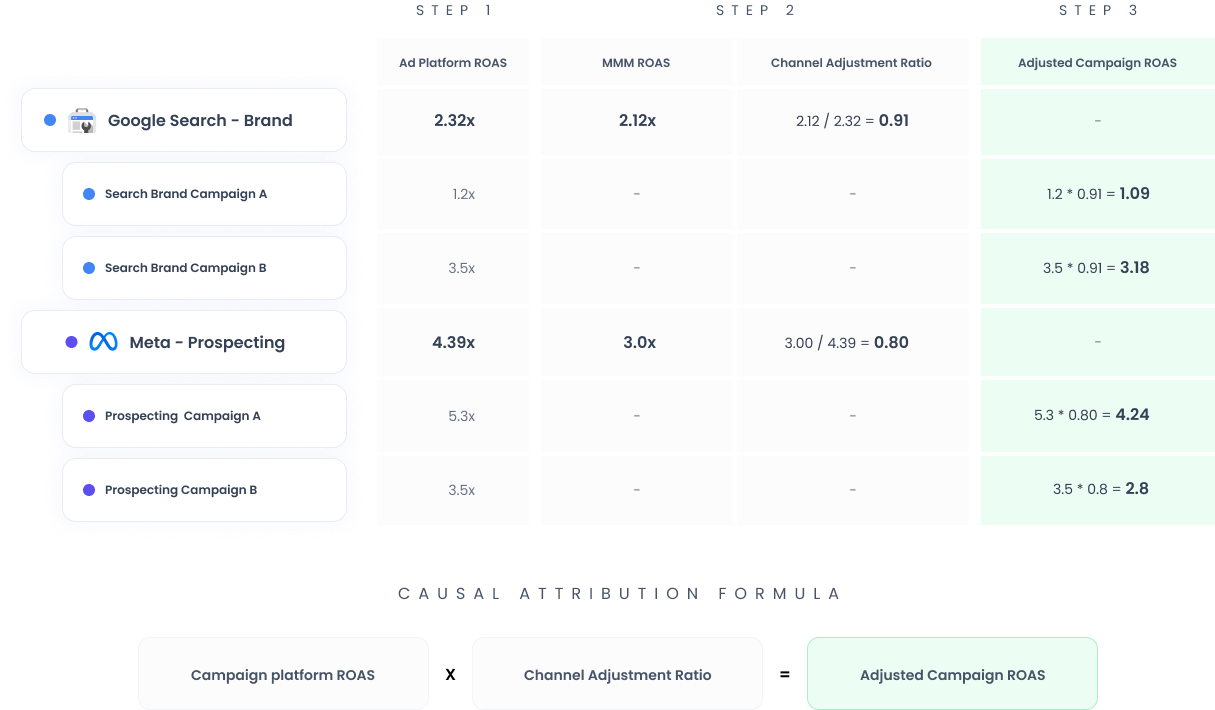
What is Causal attribution?
Causal Attribution corrects platform-reported ROAS by addressing structural biases in platform measurement — most notably the tendency to over-attribute conversions to the last-touch or the most visible channel.
By applying calibration factors derived from MMM, it adjusts platform-reported performance to reflect the true incremental impact of each campaign. This process ensures that ROAS is no longer inflated by correlation or attribution rules, but grounded in causal contribution — enabling more reliable budget decisions at the campaign level.
Benefits of using it
- Aligns platform-reported ROAS with the causal model for consistent measurement.
- Enables zooming into campaign-level performance using calibrated, causal data.
- Helps assess the quality of channel split and contribution across platforms.
Conclusion
Forvio’s measurement framework is built to solve the fundamental challenges of modern marketing measurement — platform bias, limited incrementality visibility, and inconsistent attribution.
By combining calibrated econometric models, controlled experiments, and campaign-level causal attribution, the system delivers a consistent, incrementality-based view of performance. This enables marketers to move beyond clicks and platform-reported ROAS and make confident, data-driven budget decisions grounded in causal impact.

